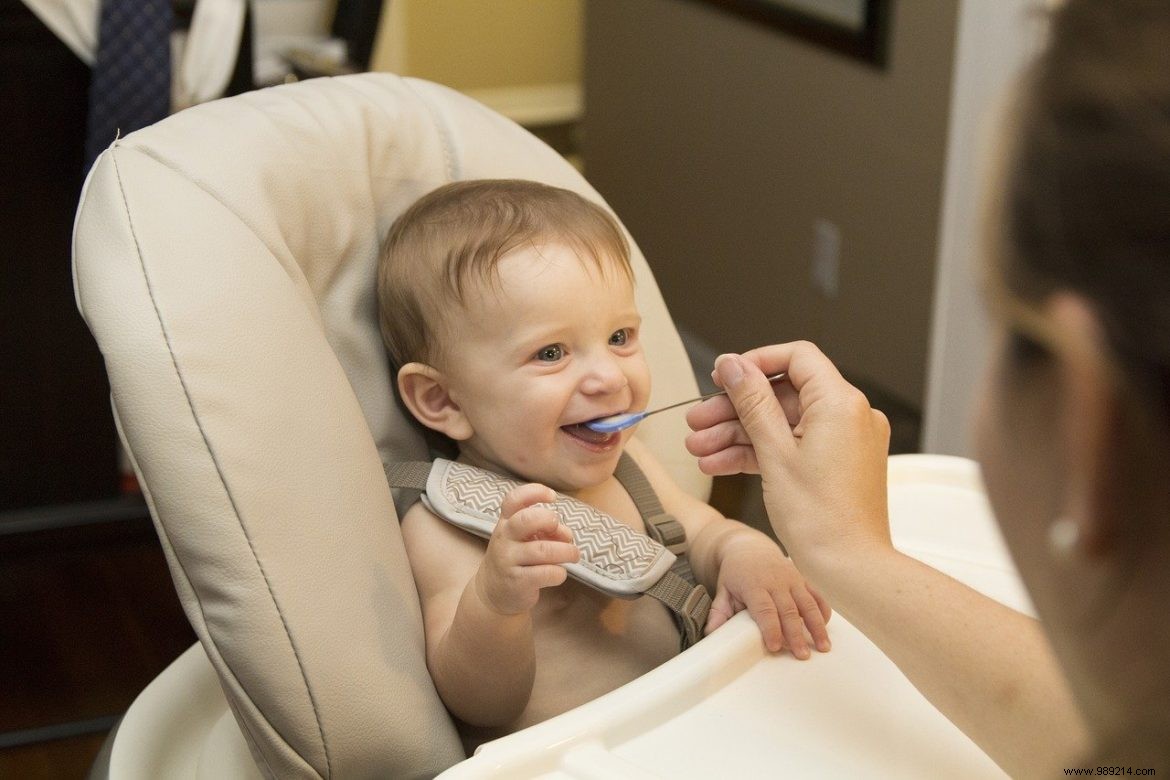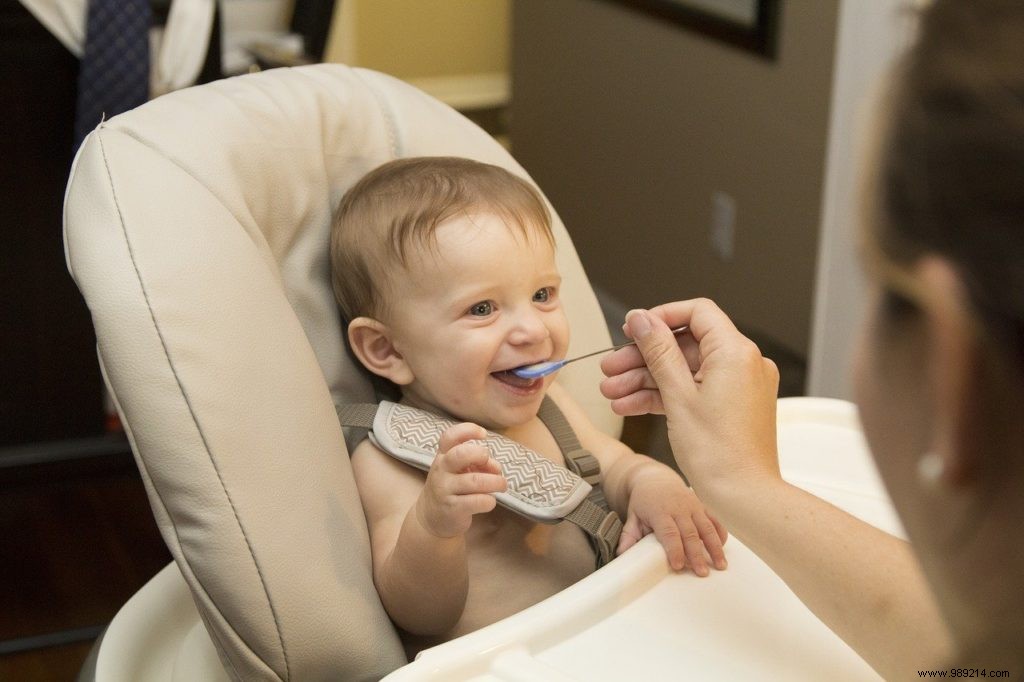
Today's baby cereals are comparable to the porridges of yesteryear. They are rich in nutrients and are ideal for the digestive system of babies. However, their place must remain secondary. In addition, they should never be used instead of breast milk. Find out here when to introduce these foods into the baby's diet.
Contents 1 At what age should cereals be introduced? 2 How to prepare baby cereal?

Feeding babies usually starts with breast milk. It covers all their nutritional needs up to the age of 6 months. Before this age, you should therefore not introduce other foods into the diet of your babies.
Once your children pass this age, you can start by diversifying their diet. Baby cereal is one of the first foods you can give them during this food transition phase. They are particularly rich in iron and provide extra calories, carbohydrates, vitamins and several minerals to children. Thanks to these foods, you could better meet the new energy needs of your children and improve their digestive comfort. In addition, they will allow you to calm the nocturnal hungers of your little treasures.
Baby cereals can be prepared in different ways. In particular, they can be mixed with your child's bottle or with their milk (breast or powder) for a complete and balanced breakfast. In addition, they can be prepared in the form of porridge.
As for the amount, start by giving a small dose of cereal (3-5 ml/1 teaspoon) to your baby once or twice a day (at lunch and at dinner). Continue with this dose for a while and feel free to increase it if necessary. You could increase it by 5 to 20 ml depending on your child's needs.
From the age of 9 months, start by serving them cereal products (pasta, rice, bread, etc.) at supper and lunch. When he is one year old, give him his cereal regularly. The amount you could give him can be between 125 and 175 ml.
When he starts to eat on his own, you can give him cereals in the form of pancakes, toast, rusks, bread or even pasta. He can consume them at any time and at any age.